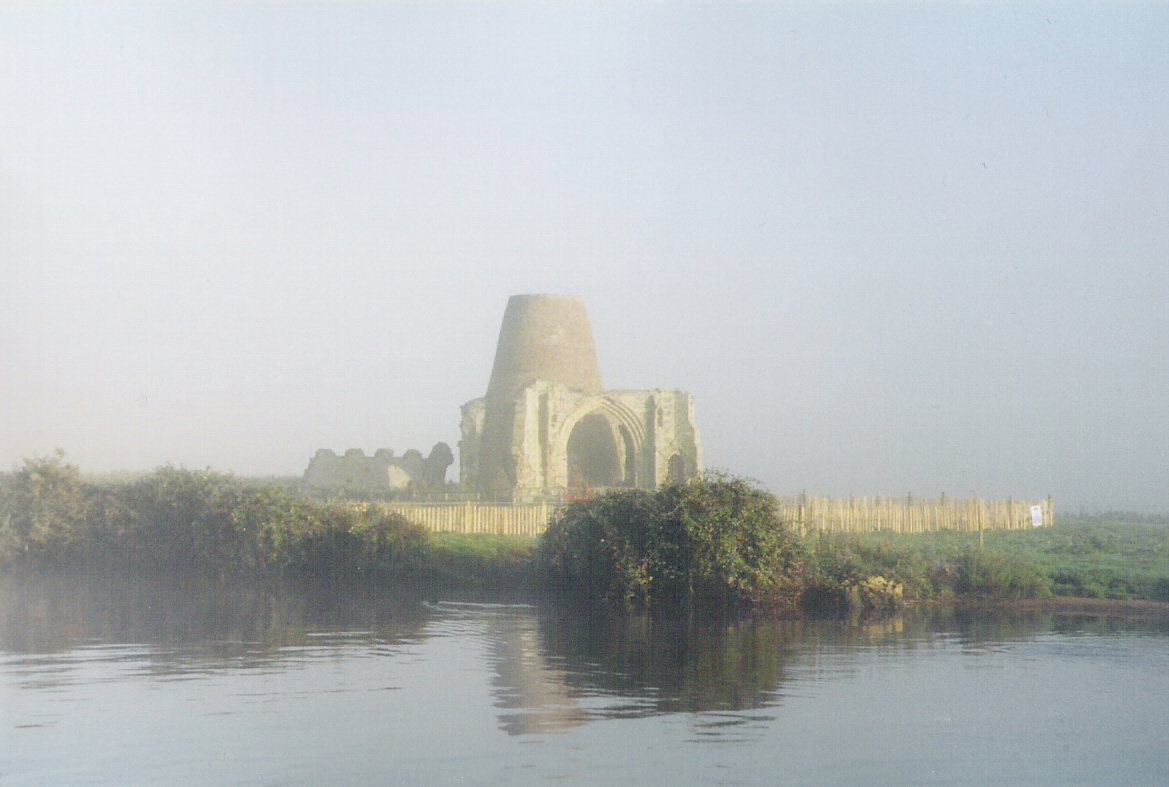Ralph the Staller on:
[Wikipedia]
[Google]
[Amazon]
Ralph the Staller (or Radulf Stalre or Ralph l'Écuyer / Ralph the Squire ( 1011 – 1069) was a noble and landowner in both Anglo-Saxon and post- He survived partaking in the Conquest of 1066 and gained the favour of
He survived partaking in the Conquest of 1066 and gained the favour of
Hardwin
(in English). He is also believed to be related to
Conquest
Conquest is the act of military subjugation of an enemy by force of arms.
Military history provides many examples of conquest: the Roman conquest of Britain, the Mauryan conquest of Afghanistan and of vast areas of the Indian subcontinent, t ...
England
England is a country that is part of the United Kingdom. It shares land borders with Wales to its west and Scotland to its north. The Irish Sea lies northwest and the Celtic Sea to the southwest. It is separated from continental Europe b ...
.
He is said to have been born in Norfolk
Norfolk () is a ceremonial and non-metropolitan county in East Anglia in England. It borders Lincolnshire to the north-west, Cambridgeshire to the west and south-west, and Suffolk to the south. Its northern and eastern boundaries are the No ...
of high born Breton and English parentage. He was part of the court of Edward the Confessor, and is sometimes referred to as "squire", a generic title for important members of the royal court at the time, he is also designated as seneschal and courtier. He held the military post of staller, roughly equivalent to the continental constable, under King Edward the Confessor.
He is recorded as witnessing charters, for instance in 1053, as a staller, and in 1053-55 he attested a charter between Earl Leofric and Godgifu, endowing a monastery at Stowe, St Mary in Lincolnshire. Ralph was a patron to the in county Ponthieu, and also a patron to the Abbey of St Benet de Holme in Norfolk. He survived partaking in the Conquest of 1066 and gained the favour of
He survived partaking in the Conquest of 1066 and gained the favour of William the Conqueror
William I; ang, WillelmI (Bates ''William the Conqueror'' p. 33– 9 September 1087), usually known as William the Conqueror and sometimes William the Bastard, was the first House of Normandy, Norman List of English monarchs#House of Norman ...
, who made him Earl of East Anglia
The Earls of East Anglia were governors of East Anglia during the 11th century. The post was established by Cnut in 1017 and disappeared following Ralph Guader's participation in the failed Revolt of the Earls in 1075.
Ealdormen of East Anglia
U ...
. He married and had several children, including his heir, Ralph Guader
Ralph de Gaël (otherwise Ralph de Guader, Ralph Wader or Radulf Waders or Ralf Waiet or Rodulfo de Waiet; before 1042c. 1100) was the Earl of East Anglia (Norfolk and Suffolk) and Lord of Gaël and Montfort-sur-Meu, Montfort (''Seigneur de Gaë ...
, who succeeded to his earldom and Hardouin (French) oHardwin
(in English). He is also believed to be related to
Hereward the Wake
Hereward the Wake (Traditional pronunciation /ˈhɛ.rɛ.ward/, modern pronunciation /ˈhɛ.rɪ.wəd/) (1035 – 1072) (also known as Hereward the Outlaw or Hereward the Exile) was an Anglo-Saxon nobleman and a leader of local resista ...
who had connections with Petersbourgh Abbey and Abbot Brand. https://archive.org/stream/herewardwake00king/herewardwake00king_djvu.txt
References
Further reading
* * * 1010s births 1068 deaths Year of birth uncertain 11th-century English nobility Anglo-Normans Earls of East Anglia People from Norfolk 11th-century Breton people {{England-earl-stub